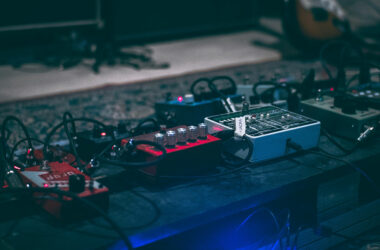Octaver pedals double the signal to the octave below and/or above, creating a richer, more massive, even downright experimental sound. From simple, synth-heavy sub-bass to bizarre, glitchy textures, the octaver is a formidable creative tool.
What is an octave pedal?
To start with, let’s go back to basics… An octave pedal is a pitch-shifting effect that generates one or more additional signals, shifted one or more octaves in relation to the note played. To put it simply: you play a note, and the pedal adds the same note lower (octave down) or higher (octave up), which you can mix with your original sound.
The result? A thicker, more massive sound, or outright new textures akin to organ, synth or choir.
How does it work?
- Analog: early octavers (like the Boss OC-2) used analog circuits that divided or multiplied the signal. The result is very organic, but often monophonic (drooling chords).
- Digital: from the 2000s onwards, pedals such as the POG (Electro-Harmonix) used digital processing to generate octaves. Advantages: perfect polyphony (you can play chords without any problem) and addition of multiple voices (fifths, +2 octaves, etc.).
A little history…
- Late 1960s: the octave effect appears in psychedelic rock and blues-rock. The most emblematic:Roger Mayer‘s Octavia, used by Jimi Hendrix (listen to Purple Haze or Fire). It was a fuzz combined with an octave up, giving that sharp, screaming sound.
- 1980s: arrival of the Boss OC-2 (1982), the first true consumer octaver, focusing on the lower octaves. Its fat, warm analog rendering made it a legend, adopted by many bassists and guitarists.
- 2000s: Electro-Harmonix revolutionizes the genre with the POG (Polyphonic Octave Generator), for impeccable tracking and polyphony. The POG and its variants (Micro POG, Nano POG, POG 2) became THE new reference.
- Today, effects come in all shapes and sizes: hybrid pedals (fuzz + octave, overdrive + octave), experimental machines (Beetronics Zzombee, Plasma Coil), or compact, affordable solutions (Mooer Pure Octave, TC Sub’n’Up).
Our selection of the best octave pedals in 2025
Electro-Harmonix POG 2
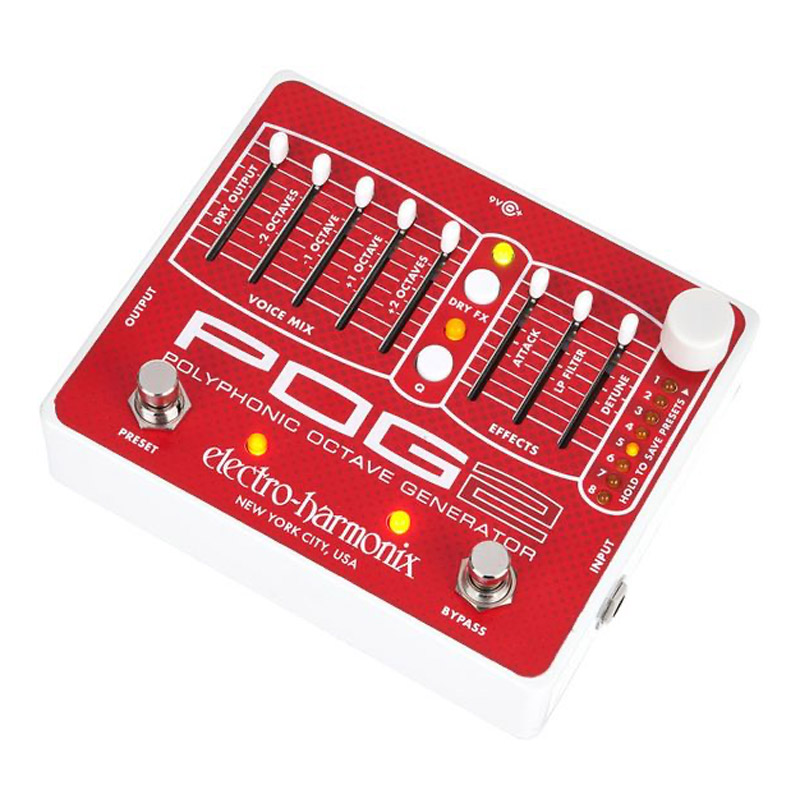
An essential reference, it’s hard not to include it in this selection. The POG 2 (Polyphonic Octave Generator) remains one of the most versatile octavers on the market. Capable of generating upper and lower octaves without flinching, it can also add extra intervals (such as a fifth). All this with exemplary tracking and total polyphony: chords, fast arpeggios, nothing throws it off balance.
- Strengths: clear sound, impeccable tracking, saveable presets, great versatility.
- Compromise: relatively high price, imposing format in a pedalboard.
Bit Commander V2 – EarthQuaker Devices
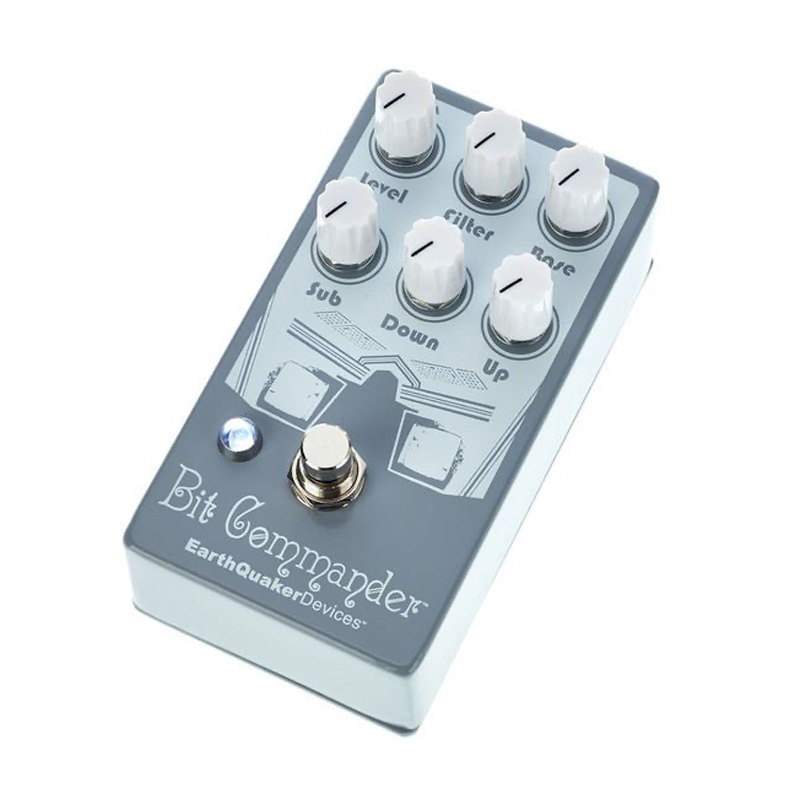
A monophonic analog octaver that doesn’t mess around. The Bit Commander combines sub-octave, octave up, square wave and a filter to sculpt it all. The result is a massive, highly organic synth sound, perfect for stoner, doom or experimental sounds.
- Strengths: unique grain, very synth/analog sound, perfect for heavy riffs.
- Compromise: monophonic only, unsuitable for chords.
Zzombee – Beetronics
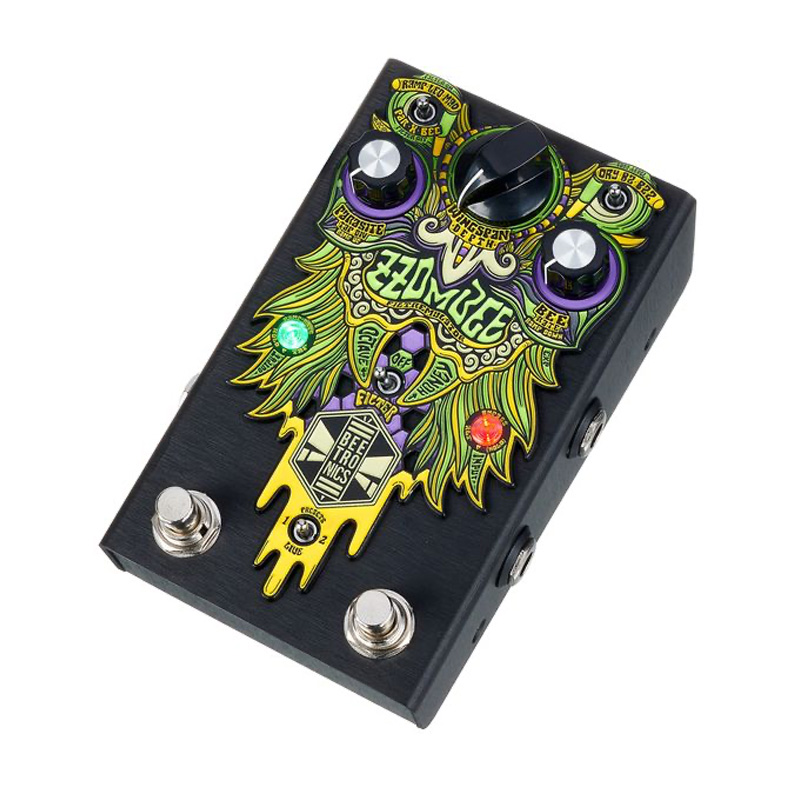
The craziest pedal in this selection. The Zzombee mixes fuzz, octaver, resonant filter and analog synth. The result: textures that mutate between guitar, modular synth and electronic insect. It’s an experimental pedal, unpredictable but incredibly creative… Attention enthusiasts!
- Strengths: unique sound palette, synthetic and glitchy sounds, great inspiration.
- Compromise: not made for classical sounds, takes time to tame.
Whammy 5 – Digitech
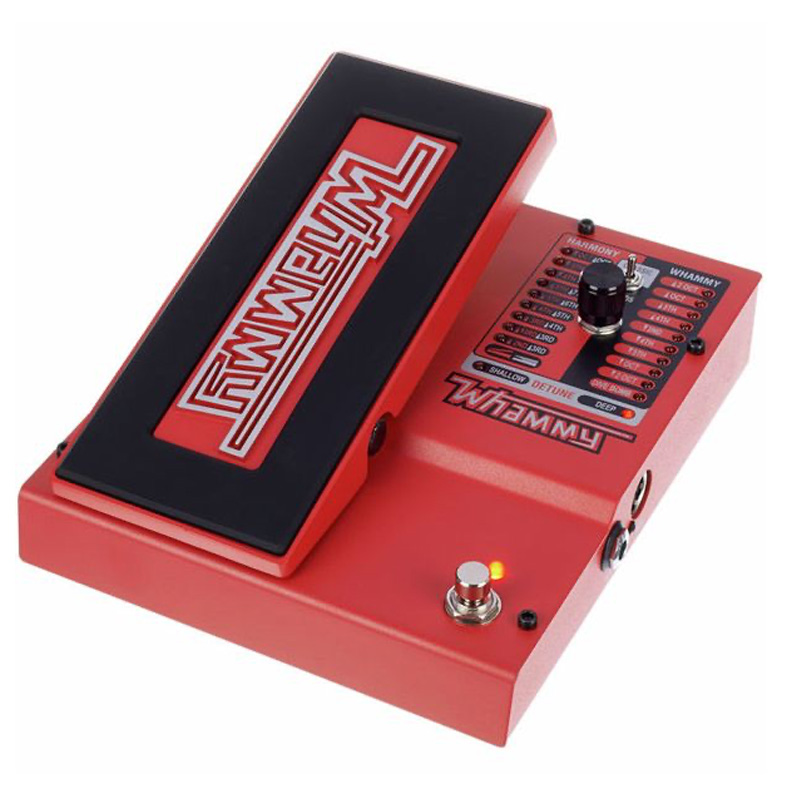
The Whammy is probably the most famous pitch-shifting pedal in history, and version 5 remains a must-have in 2025. Unlike conventional octavers, it not only generates up and down octaves, but also controls the transition in real time via its expression pedal. This makes it possible to create spectacular up/down effects, popularized by Tom Morello (Rage Against The Machine) or Jack White.
- Highlights: extreme versatility, expressive pedal control, polyphonic and classical modes, iconic sound.
- Compromise: imposing format, also requires time to master, less practical if you’re just looking for a simple sub-octave.
Octamizer – Aguilar
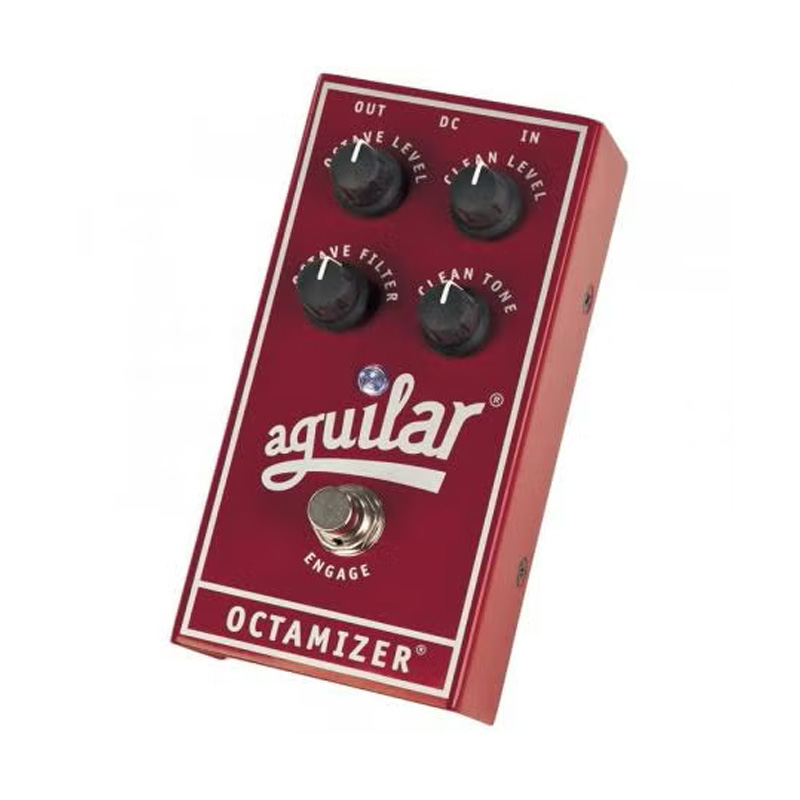
An octaver designed for bassists, but which also works well on guitar. TheOctamizer offers a warm, round lower octave, with filter controls to shape the texture. It’s an ideal choice for thickening a sound or simulating a bass.
- Strengths: warm analog sound, great musicality, precise filtering.
- Compromise: octave down only, no octave up.
Plasma Coil – Gamechanger Audio x Jack White (Third Man Records)
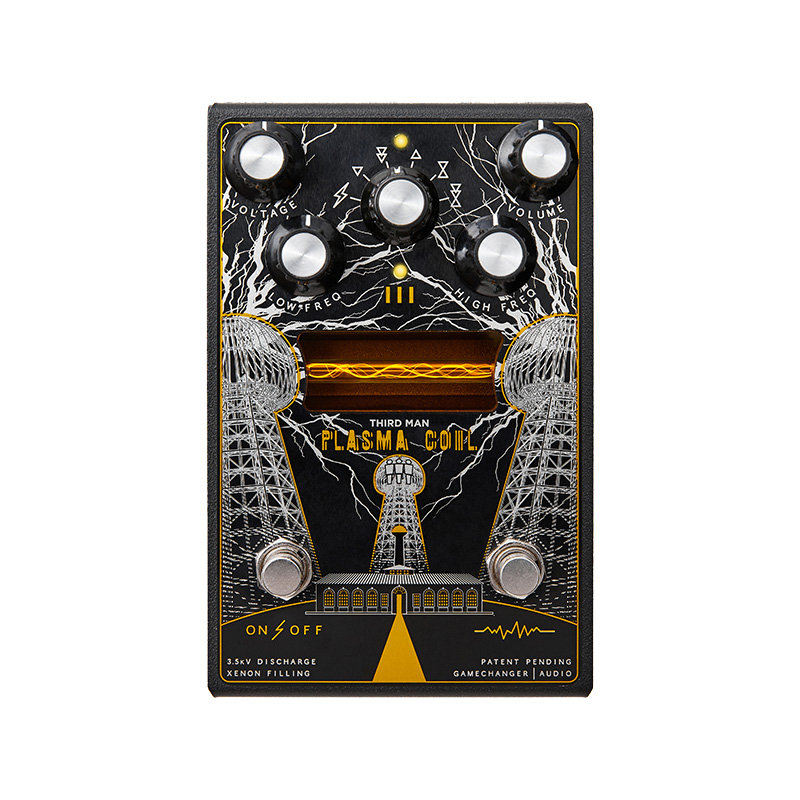
A hybrid pedal between plasma distortion and octaver. The circuit transforms the signal into electrical pulses visible in a plasma-filled tube (a real kick, eh?), then adds up/down octave options. The result is brutal, aggressive and resolutely original.
- Highlights: spectacular visuals, extreme and unique sound, ideal for experimentation.
- Compromise: no subtlety, high price, extreme sound orientation.
KMA Audio Machines Queequeg 2 Sub Octave Generator
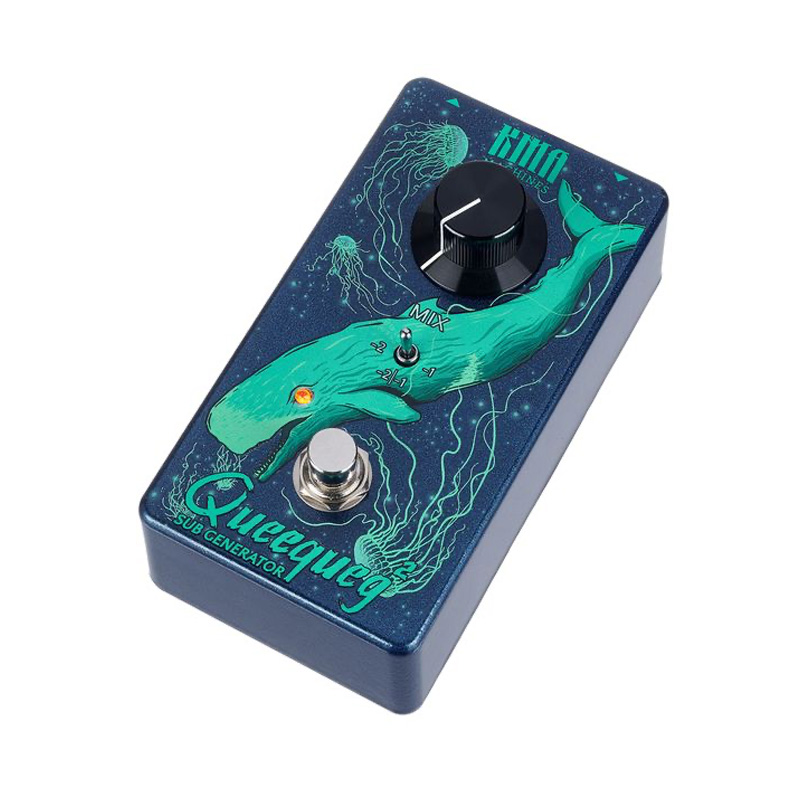
A compact but formidable pedal: the Queequeg 2 concentrates on the sub-octaves (-1 and -2), with impeccable tracking. No frills, no unnecessary effects: just a solid low octave, ideal for replacing a bass or thickening a mix.
- Strengths: simplicity, powerful sound, small size.
- Compromise: no octave up, limited use.
Hoof Reaper V2 – EarthQuaker Devices
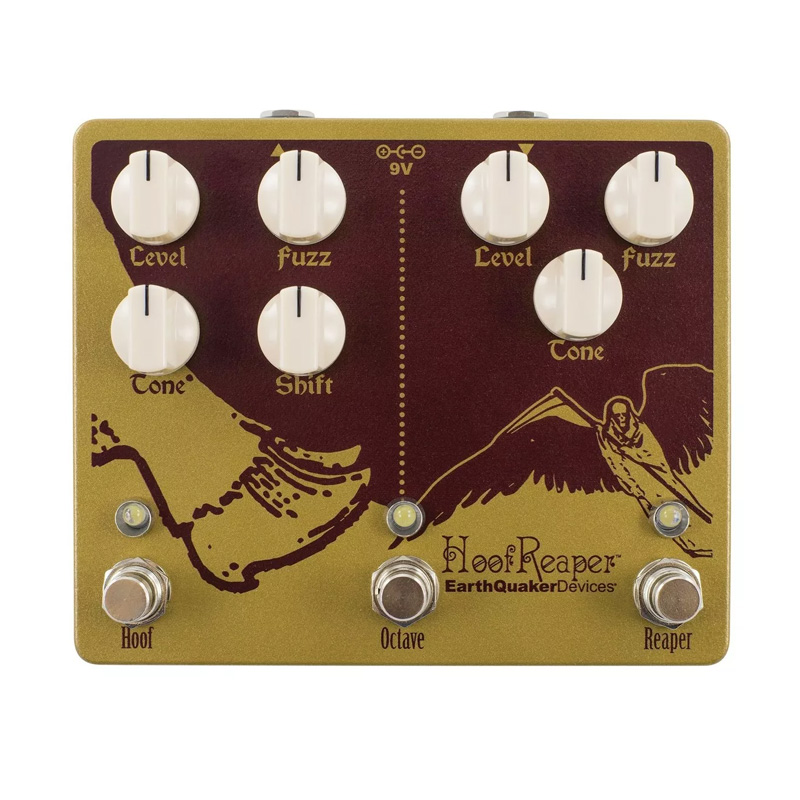
A “3-in-1” pedal: fuzz Hoof (Big Muff germanium/si), fuzz Reaper (Tone Bender) and an analog octaver up. All can be activated separately or in combination. It’s the ultimate machine for fuzz + octave sounds à la Hendrix or Jack White.
- Strengths: integrated fuzz + octave combination, great versatility, massive sound.
- Compromise: wide format, no polyphony.
Boss OC-5
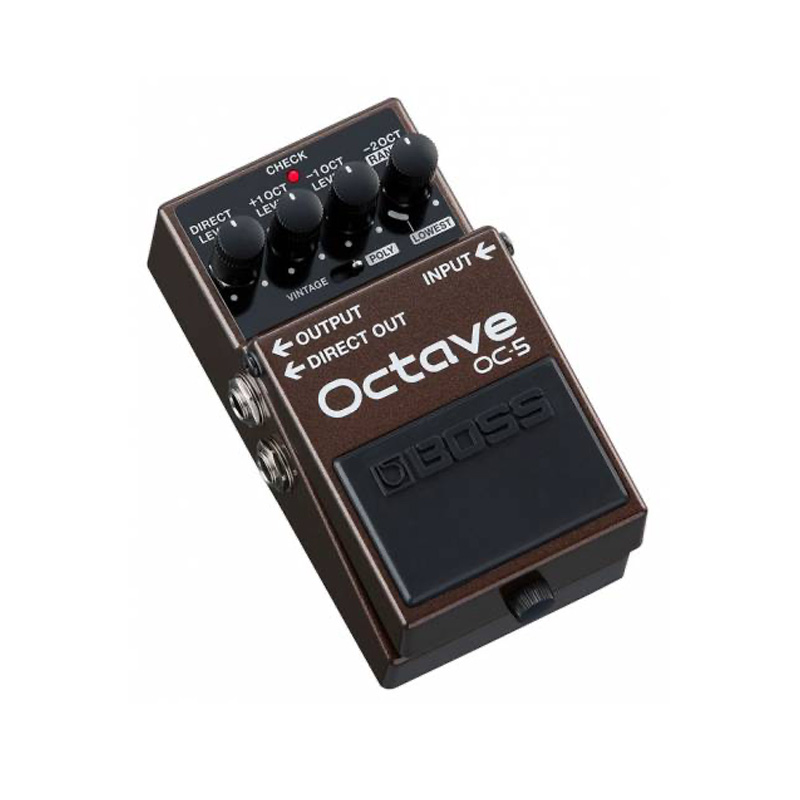
It’s impossible to talk about octavers without mentioning the Boss range. The OC-5 combines the vintage sound of the legendary OC-2 with a modern polyphonic mode, octave up and minimal latency. A true standard, reliable and efficient.
- Highlights: perfect tracking, Vintage/Poly mode, separate direct output.
- Compromise: cleaner sound, less personality than some analog models.
MXR Poly Blue Octave
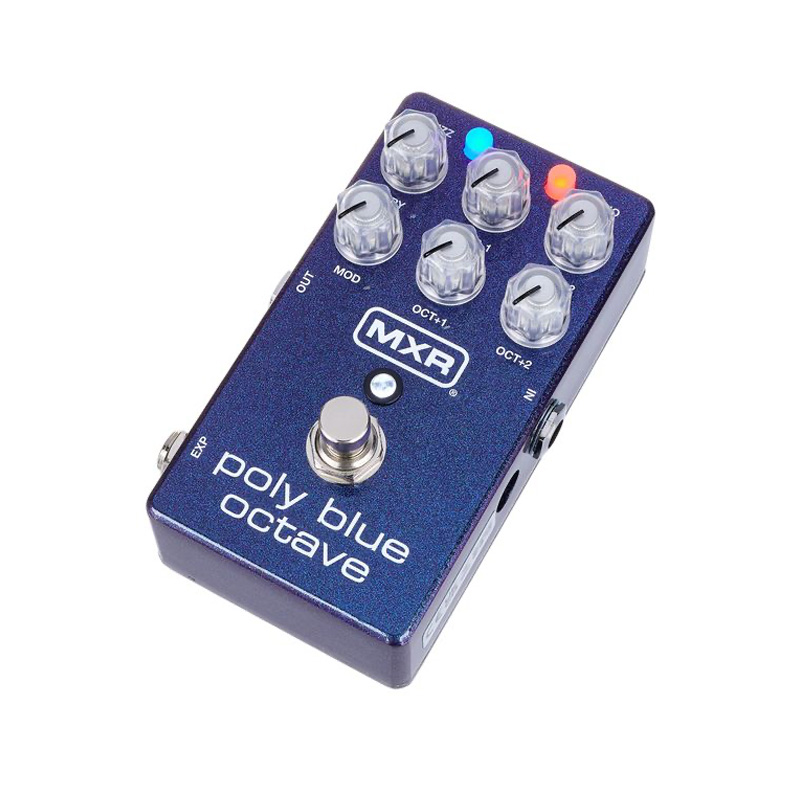
A compact pedal that offers both octaves up and down, with excellent polyphonic tracking. You can add drive, control dynamics and even plug in an expression pedal for added fun.
- Strengths: small size, versatile sounds, very good tracking.
- Compromise: less rich than POG 2, no presets.


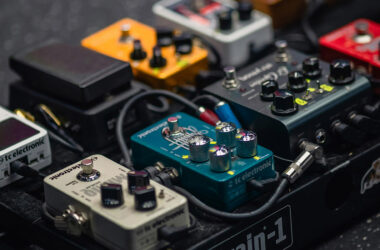

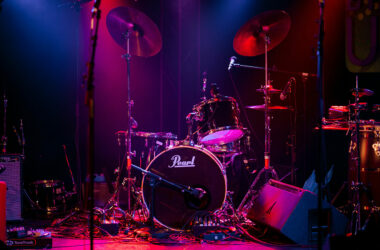
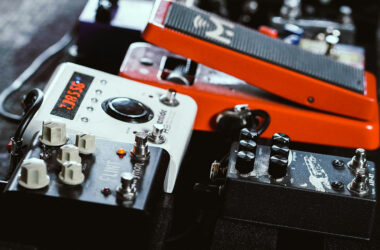
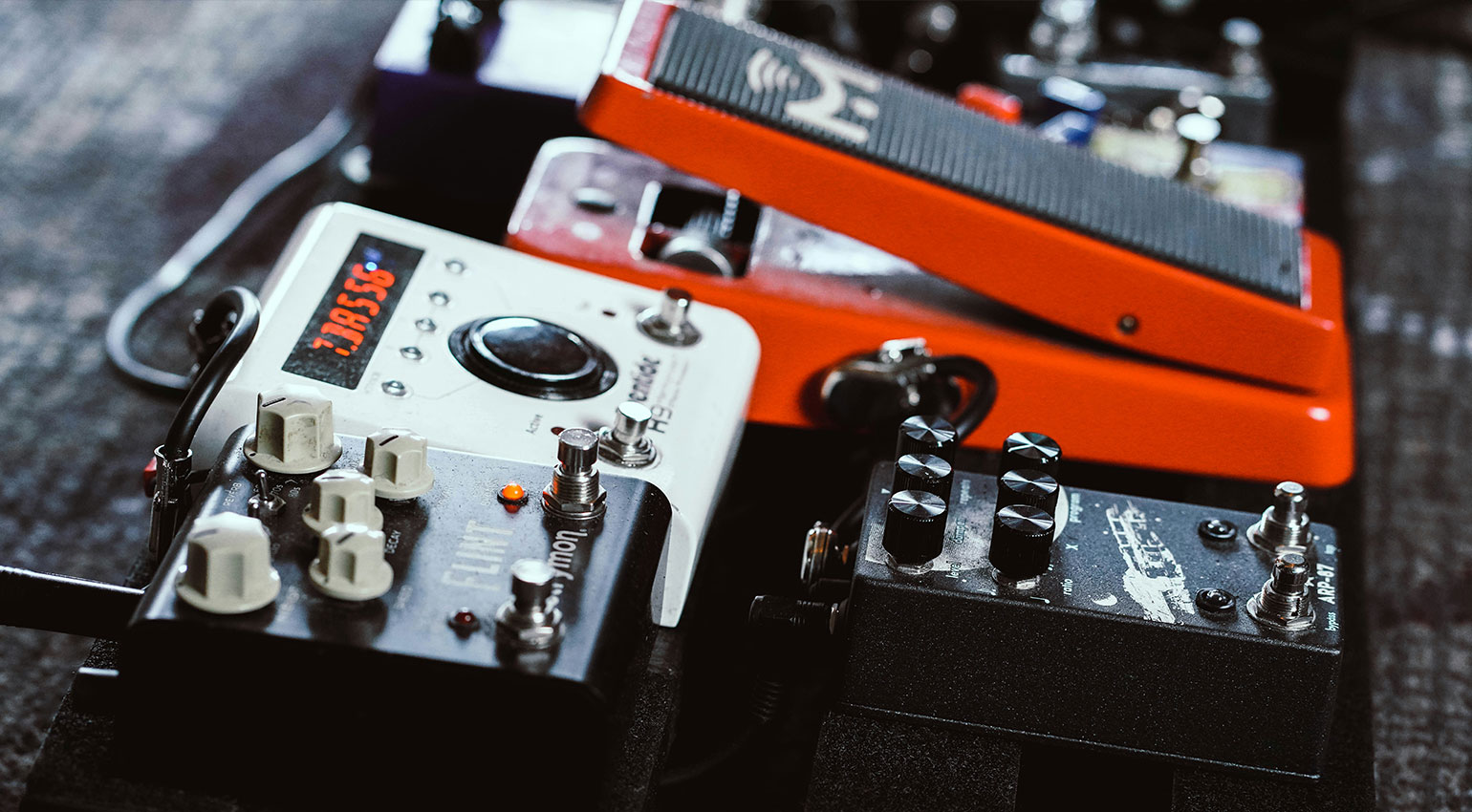

 Electro Harmonix POG2
Electro Harmonix POG2
 EarthQuaker Devices Bit Commander V2
EarthQuaker Devices Bit Commander V2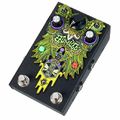
 Beetronics Zzombee
Beetronics Zzombee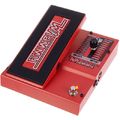
 Digitech Whammy 5
Digitech Whammy 5
 Aguilar Octamizer
Aguilar Octamizer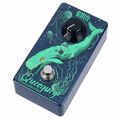
 KMA Audio Machines Queequeg 2 Sub Oct. Generator
KMA Audio Machines Queequeg 2 Sub Oct. Generator 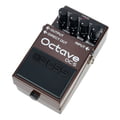
 Boss OC-5
Boss OC-5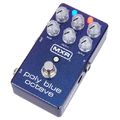
 MXR M306 Poly Blue Octave
MXR M306 Poly Blue Octave
